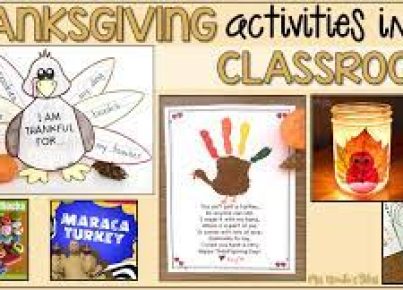As a first-grade teacher, you have the opportunity to shape young minds and set the tone for their entire educational journey. Effective classroom management is essential in creating an environment conducive to learning and cultivating positive behavior. Here are some of the very best first-grade classroom management tips and ideas that can make your life easier and ensure a successful school year.
1. Establish Clear Rules and Expectations:
At the beginning of the school year, discuss and create a list of simple, clear, and fair rules with your students. This will help reduce confusion and ensure that everyone knows what is expected of them.
2. Use Positive Reinforcement:
Praise students for good behavior, work ethic, and accomplishments. You can use verbal praise, stickers, or a point-based system tied to rewards for maintaining good conduct.
3. Be Consistent:
Always enforce the rules consistently so that students understand the consequences for their actions. Inconsistency can lead to confusion and may cause students to challenge your authority.
4. Create Predictable Routines:
Develop a consistent daily schedule with allotted time for each activity, such as independent work, group activities, and breaks. This helps students know what to expect at different times of the day and ensures that every minute is utilized effectively.
5. Foster a Positive Learning Environment:
Encourage collaboration between students by assigning group projects or creating collaborative workstations. Display student artwork around the room to enhance creativity and instill a sense of pride in their accomplishments.
6. Provide Visual Aids:
Use visual aids like charts, posters, or signs to reinforce important information or instructions in the classroom. This not only helps reinforce key concepts but also serves as useful reminders for students with different learning styles.
7. Encourage Student Autonomy:
Assign tasks that allow students to take ownership of their learning experience, such as selecting books for reading time or choosing topics for class discussions.
8. Use Movement Breaks:
Incorporate movement breaks throughout the day to improve focus and energy levels. This can include stretching exercises, dance breaks, or other physical activities that engage students.
9. Create a Calm-Down Corner:
Designate a quiet space in your classroom where students can go to self-regulate when feeling overwhelmed or frustrated. Equip this area with calming tools like soft pillows, stress balls, and soothing visuals.
10. Communicate with Parents:
Maintain regular communication with parents through newsletters, email updates, or conferences to keep them informed about their child’s progress and any behavioral concerns.
In conclusion, implementing these first-grade classroom management tips will help create an organized, positive environment that supports learning and fosters good behavior. When both teachers and students feel secure and confident in their educational setting, the possibilities for growth are endless.





